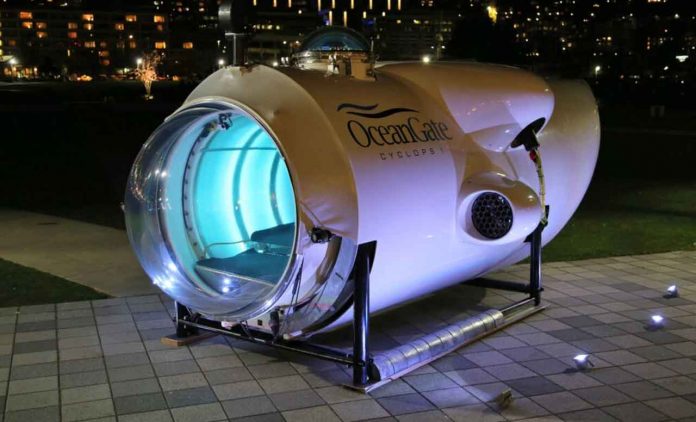
On June 18, 2023, a deep-sea tragedy unfolded near the wreck of the Titanic when the Titan, a submersible operated by OceanGate, disappeared approximately 400 nautical miles off the coast of Newfoundland, Canada. The Titan was carrying five passengers who were part of a tourist expedition to observe the Titanic wreck.
OceanGate, a private company founded by Stockton Rush and Guillermo Söhnlein in 2009, had been taking paying customers to underwater sites for over a decade. Their offerings ranged from exploring shipwrecks off the coast of California to the remains of the Titanic in the North Atlantic Ocean1. The voyage to the Titanic wreck was a particularly significant journey, costing each passenger $250,000 for the unique deep-sea exploration experience2.
The Titan submersible was a specialized vessel designed for these deep-sea expeditions. The 6.7-meter-long vessel was constructed from carbon fiber and titanium, with a pressure vessel composed of two titanium hemispheres and a carbon fiber-wound cylinder. It was equipped with an acrylic window and weighed approximately 23,000 pounds.
Despite its impressive specifications, the Titan’s design raised several concerns. The interior space was severely limited, allowing passengers only a sitting position. There was a single commode available without any compartmentalization, separated from the seating area by a curtain. The oxygen supply on board was intended to last only a few days2. Moreover, the Titan was operated using a consumer-grade game controller, a Logitech G F710, which raised eyebrows and led to criticism2.
The voyage ended in disaster when communication with Titan was lost 1 hour and 45 minutes into its dive. Authorities were alerted when it failed to resurface at the scheduled time later that day. After nearly 80 hours of searching, a remotely operated underwater vehicle (ROV) discovered a debris field containing parts of the Titan, approximately 1,600 feet from the bow of the Titanic. An implosion, likely due to the failure of the pressure hull, was suspected to be the cause of the incident, resulting in the instant death of all five occupants inside the submersible.
The Titan submersible was designed with mechanisms to facilitate resurfacing during emergencies. This included sandbags, lead pipes, and inflatable balloons intended to lift the submersible to the surface in case of a crisis. However, these mechanisms failed to prevent the disaster, leaving many questions unanswered.
The incident has raised serious concerns about the safety of such underwater tourism activities. In particular, criticism has been directed at OceanGate for not seeking certification for the Titan, arguing that excessive safety protocols hindered innovation.
This tragic event serves as a sobering reminder of the inherent risks associated with deep-sea exploration. As investigations continue, it is hoped that lessons will be learned to prevent such incidents in the future, ensuring the safety of those brave or curious enough to venture into the depths of our oceans.



